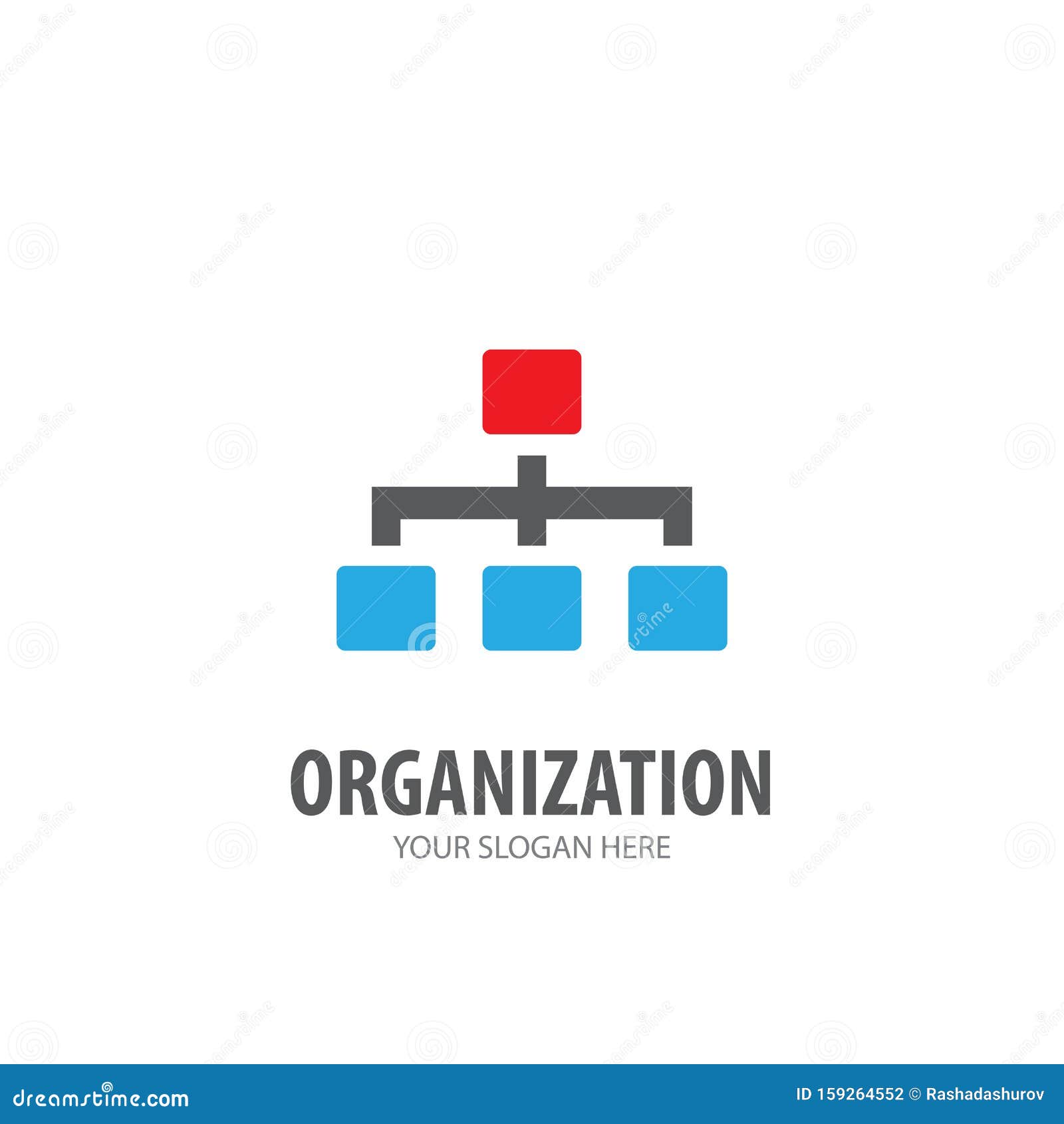Are you looking to create a captivating logo for your business or personal brand? Designing a logo is an exciting process, but it can also be overwhelming. With so many ideas and concepts floating around, it’s essential to have a well-organized approach to ensure a successful outcome. In this article, we will guide you through the process of organizing your logo ideas, helping you bring your vision to life.
Understanding the Importance of Logo Organization

Before diving into the details of organizing your logo ideas, it’s crucial to understand why this step is so vital. Proper organization allows you to:
- Clarify your vision: Organizing your logo ideas helps you gain clarity on what you want to convey through your logo. It enables you to define your brand identity and set specific design goals.
- Streamline the design process: By organizing your ideas, you can streamline the logo design process. It helps you avoid unnecessary revisions and saves time and effort.
- Facilitate collaboration: If you are working with a team or a designer, organizing your logo ideas makes it easier to communicate your vision and collaborate effectively.
Now that we understand the significance of organizing your logo ideas, let’s explore some practical steps to help you get started.
Step 1: Brainstorming and Idea Generation

The first step in organizing your logo ideas is to brainstorm and generate a pool of creative concepts. Here are some effective techniques to kickstart your brainstorming session:
Mind Mapping
Create a mind map by placing your main idea or brand name in the center and branching out with related concepts, keywords, and visual elements. This technique helps you explore different directions and connections within your logo design.
Mood Boards
Collect images, colors, typography samples, and other visual elements that resonate with your brand. Compile them into a mood board to establish a visual direction for your logo. Pinterest and design software like Adobe Creative Cloud can be great tools for creating digital mood boards.
Sketching and Doodling
Grab a pen and paper and start sketching out rough ideas. Don’t worry about perfection at this stage; the goal is to let your creativity flow. Sketching helps you visualize various design elements and can be an excellent source of inspiration.
Step 2: Categorizing and Filtering Ideas
Once you have a collection of logo ideas, it’s time to categorize and filter them based on their relevance, uniqueness, and alignment with your brand. Here are some ways to categorize and filter your ideas effectively:
Brand Alignment
Evaluate each logo idea’s alignment with your brand identity. Consider whether it reflects your brand values, personality, and target audience. Eliminate any concepts that don’t resonate with your brand essence.
Visual Hierarchy
Assess the visual impact and hierarchy of your logo ideas. Identify the main elements, such as typography, iconography, and color schemes, and determine how they work together to convey your message. Eliminate any concepts that lack visual harmony or fail to communicate effectively.
Uniqueness
Look for logo ideas that stand out from the crowd. Research your competitors’ logos to ensure your ideas are distinct and original. Eliminate any concepts that resemble existing logos too closely.
Step 3: Creating Design Briefs

Once you have refined your ideas, it’s time to create design briefs for the chosen concepts. A design brief is a document that outlines the key elements, objectives, and specifications for your logo design. Here’s what you should include in your design brief:
Objective and Scope
Describe the purpose of your logo and the main goals you want to achieve through its design. Outline the scope of the project, including where and how the logo will be used.
Target Audience
Identify your target audience and provide insights into their demographics, preferences, and expectations. Understanding your audience is crucial for creating a logo that resonates with them.
Visual Guidelines
Specify the desired visual style for your logo. Include information about color preferences, typography choices, and any visual elements that must be incorporated. You can refer to your mood board for guidance.
Competitor Analysis
Analyze your competitors’ logos and provide examples of what you like and dislike about them. This analysis helps your designer understand your preferences and ensures your logo stands out in the market.
Step 4: Seeking Professional Help (Optional)

If you feel overwhelmed or lack design expertise, it may be beneficial to seek professional help. Hiring a professional logo designer can save you time and ensure a high-quality result. When working with a designer, make sure to provide them with your organized ideas, design briefs, and any additional information to help them understand your vision.
Step 5: Reviewing and Refining

After receiving initial logo concepts from your designer or finalizing your own design, it’s crucial to review and refine the options. Here are some tips to guide you through this process:
Get Feedback
Share the logo concepts with trusted colleagues, friends, or target audience members and gather their feedback. Consider their input and make necessary adjustments based on their suggestions.
Iterative Refinement
Work closely with your designer or invest time in refining your design if you’re designing it yourself. Focus on small details, typography, color choices, and overall composition. The iterative refinement process ensures your logo is polished and visually appealing.
Conclusion

Organizing your logo ideas is an essential step in creating a memorable and impactful design. By following the steps outlined in this guide, you can bring clarity to your vision, streamline the design process, and communicate effectively with designers or collaborators. Remember, a well-organized approach leads to a more successful logo that accurately represents your brand identity. So, get started with organizing your logo ideas today and embark on an exciting journey of visual storytelling for your brand!
Barry Edwards is a digital marketing expert with a deep understanding of content strategy, logo, and branding principles. Holding a Bachelor’s degree in Marketing from Beaconhill College, he offers valuable insights on digital marketing trends and strategies through his writing. Follow Barry’s work to stay updated on the latest in online marketing and branding.



